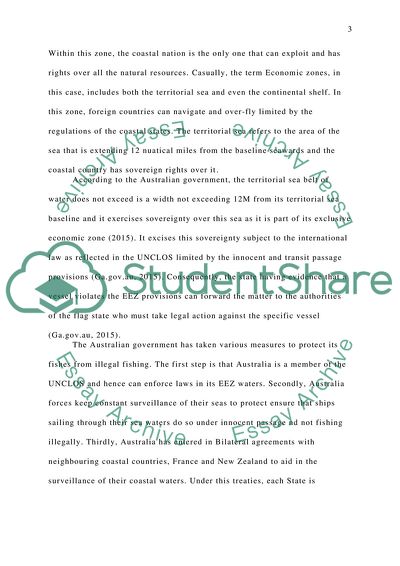Cite this document
(International Maritime Law on Hot Pursuit Coursework, n.d.)
International Maritime Law on Hot Pursuit Coursework. https://studentshare.org/law/1863905-international-maritime-law-on-hot-pursuit
International Maritime Law on Hot Pursuit Coursework. https://studentshare.org/law/1863905-international-maritime-law-on-hot-pursuit
(International Maritime Law on Hot Pursuit Coursework)
International Maritime Law on Hot Pursuit Coursework. https://studentshare.org/law/1863905-international-maritime-law-on-hot-pursuit.
International Maritime Law on Hot Pursuit Coursework. https://studentshare.org/law/1863905-international-maritime-law-on-hot-pursuit.
“International Maritime Law on Hot Pursuit Coursework”. https://studentshare.org/law/1863905-international-maritime-law-on-hot-pursuit.


